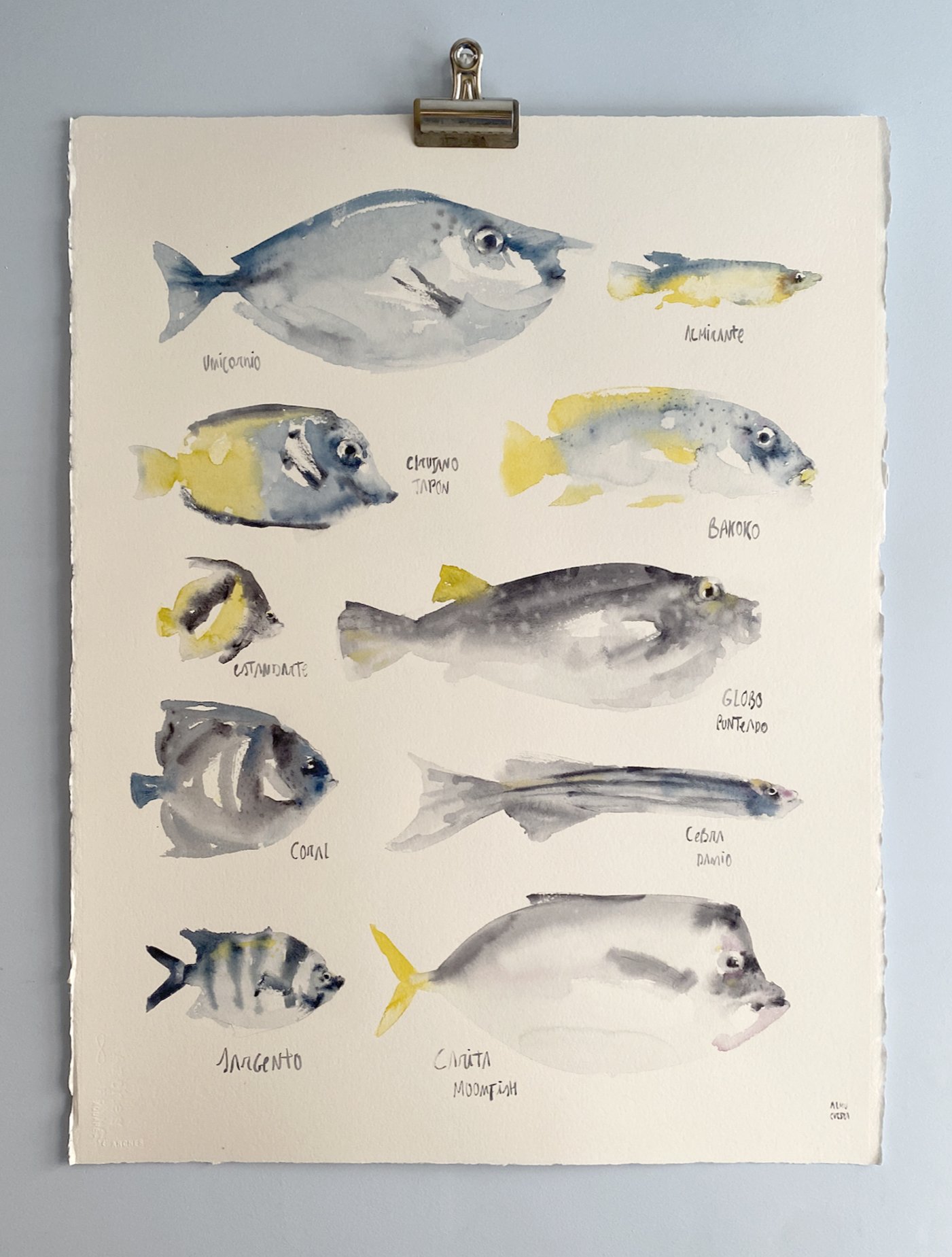Herbarium, Jeanne’s travel journey
Castellano + abajo
In the 19th century, at a time when no woman was allowed to travel as a crew member on sea expeditions,
Jeanne Baret disguised herself as a man and camouflaged among the crew of the Ètoile, becoming the first woman to circumnavigate the globe. Lining her chest with cloth, she travelled for years as assistant to the French court naturalist Philibert Commerson, for whom she spent years collecting species in places such as Rio de Janeiro, the Strait of Magellan, Tahiti, Mauritius and Madagascar, cataloguing some 6,000 plants. Commerson dedicated a plant, "Baretia Bonafidia", to Jeanne: "This plant with its deceptive galls or foliage is dedicated to the brave young woman who, adopting the dress and temperament of a man, had the curiosity and audacity to travel the whole world, by land and sea, accompanying us without our knowing anything about it. So many times she followed in the footsteps of the illustrious Prince of Nassau, and in ours, crossing with agility the highest mountains of the Strait of Magellan and the deepest forests of the southern islands [...]. She will be the first woman to have circumnavigated the entire globe, having travelled more than fifteen thousand leagues. We are indebted to her heroism for so many plants never before collected, for so many collections of insects and shells, that it would be prejudicial on my part, as it would be on the part of every naturalist, not to pay her the deepest homage by dedicating this flower to her".
This is a journal about her adventure.
Series of watercolour illustrations inspired by Jeanne Baret's collection of species on her journey around the world. In addition to thousands of plants, she collected different types of fish which, at the time, were catalogued in a peculiar way, drying the skins and preserving them in paper as if they were plants. This was called a fish herbarium.
—-
En el siglo XIX, en una época en la que ninguna mujer podía viajar como tripulante de expediciones marítimas,
Jeanne Baret se disfrazó de hombre y se camufló entre la tripulación del Ètoile, convirtiéndose así en la primera mujer en circunnavegar el globo.
Forrando con telas su pecho, viajó durante años como ayudante del naturalista oficial de la corte francesa Philibert Commerson, para quién pasó meses recolectando especies en lugares como Río de Janeiro, el estrecho de Magallanes, Tahití, isla Mauricio o Madagascar, catalogando alrededor de 6.000 plantas. Commerson dedicó una planta, “Baretia Bonafidia”, a Jeanne: “Esta planta con sus engañosas galas o follajes está dedicada a la valiente joven que, adoptando el ves8do y el temperamento de un hombre, tuvo la curiosidad y la audacia de recorrer el mundo entero, por 8erra y por mar, acompañándonos sin que nosotros supiéramos nada. Tantas veces siguió los pasos del ilustre Príncipe de Nassau, y los nuestros, atravesando con agilidad las más altas montañas del Estrecho de Magallanes y los más profundos bosques de las islas australes [...]. Será la primera mujer que haya circunnavegado el globo entero, habiendo recorrido más de quince mil leguas. Estamos en deuda con su heroísmo por tantas plantas nunca antes recogidas, por tantas colecciones de insectos y conchas, que sería perjudicial por mi parte, como lo sería por parte de todo naturalista, no rendirle el más profundo homenaje dedicándole esta flor."
Este es un diario sobre su aventura.
Serie de ilustraciones en acuarela inspirada en la recolección de especies que hizo Jeanne Baret en su viaje alrededor del mundo. Además de miles de plantas, recolectó diferentes tipos de peces que, por aquel entonces, se catalogaban de una forma peculiar, secando las pieles y conservándolas entre papeles como si fueran plantas. A esto se le llamaba herbario de peces.











